Are you tired of hearing “I hate math!” from your child?
Do you wish there was a way to make math more fun and exciting for them?
Well, you’re in luck!
Math doesn’t have to be a dry and boring subject. In fact, with a little creativity and imagination, you can turn every child into a “math person.”
In this article, we’ll explore 5 fun and engaging ways to make math come alive for your child.
Get ready to discover a new world of math where learning is an adventure and numbers are anything but boring!
5 Make Math Fun Activities For Children of All Ages
1. Play math games
Did you know playing snake and ladder can help introduce kids to basic and advanced mathematics? This study by the Journal of Physics: Conference Series validates the findings pretty well.
Incorporating math games into your child’s learning routine can help them build a positive attitude toward math. They would not just enjoy the learning process but would want to learn more.
For younger children, games like “Number Bingo,” “Math Maze,” or “Counting Cards” are perfect for learning basic counting, addition, and subtraction skills. These games usually have colorful graphics, fun characters, and easy-to-follow rules that keep kids motivated and engaged.
For older children, there are more complex math games like “Sudoku,” “Rubik’s Cube,” “Crossword,” or “Chess” that challenge their critical thinking and problem-solving skills.
These games require logic, strategy, and spatial reasoning, which can boost cognitive abilities and enhance math proficiency.
2. Use real-world examples
Can the cushion you’re holding right now help your child learn about the simple rules of geometry? Of course, yes…
So cushions are usually shaped like rectangles or squares, two of the basic geometric shapes. By asking your child to measure the length and width of the cushion, they can learn about the concept of perimeter and area. For example, if the cushion is 20 inches long and 16 inches wide, they can calculate that the perimeter is 72 inches (20+20+16+16) and the area is 320 square inches (20 x 16).
Interesting, right?
This is just one example of how you can use real-world objects to help your child learn about math concepts. When children can relate math concepts to real-world situations, it helps them understand the relevance and importance of math in their daily lives.
3. Incorporate dance
Have you heard about dancing maths? 💃
Karl Schaffer and Erik Stern are mathematicians who have developed a unique approach to teaching math through dance movements. They use dance and movement to explore mathematical concepts such as symmetry, topology, and number theory. Their method involves breaking down mathematical concepts into physical movements, making it easier for people to grasp and understand. Through their performances and workshops, they have successfully demonstrated how dance can be used as a tool to teach math in a creative and interactive way.
Schaffer and Stern’s approach to teaching math through dance movements is a testament to the importance of creativity and innovation in education. Their work shows that math can be fun and engaging when presented uniquely and interactively, making it easier for people to learn and retain information.
4. Use VR technology
Imagine putting on a VR headset and stepping into a 3D world of numbers, shapes, and equations. That’s the exciting learning experience virtual reality can offer kids and adults alike.
For kids, who are naturally curious and eager to explore the 3D space, VR can provide a thrilling way to learn math.
Instead of simply reading from a textbook or watching a video, they can interact with the math concepts in a 3D environment, making connections and understanding the material in a whole new way.
For example, in geometry, students can use VR to explore 3D models of geometric shapes and gain a better understanding of their properties. In algebra, students can graph and manipulate functions in virtual space, making it easier to visualize and understand complex concepts.
So why not harness their curiosity and use it to teach them math?
5. Connect with nature
Let’s take a walk outside and explore math in nature! One way to do this is by going on a math scavenger hunt. Challenge your child to find examples of shapes, patterns, and symmetry in their surroundings.
For instance, they could look for symmetrical leaves, hexagonal honeycomb cells, or spiraling pinecones.
You can also encourage them to measure objects in nature, such as the height of a tree, the length of a branch, or the width of a flower. By doing so, they can practice their math skills and develop their observation and measurement skills.
Another way to connect with nature is by identifying math concepts in the natural world, such as the Fibonacci sequence in the spiral of a seashell or the fractal geometry of a fern leaf. These activities not only make math more relatable and engaging for children but also foster an appreciation for the beauty and diversity of the natural world.
Conclusion
So, here we are at the end of our discussion on 5 Fun Ways to Turn Every Child into a “Math Person.” Using these methods, you can help your child build a solid foundation in math that can set them up for success in their academic and professional lives.
Who knows, they could be the next big math gurus!
Moonpreneur understands the needs and demands this rapidly changing technological world is bringing with it for our kids. Our expert-designed Advanced Math course for grades 3rd, 4th, 5th, and 6th will help your child develop math skills with hands-on lessons, excite them to learn, and help them build real-life applications.
Register for a free 60-minute Advanced Math Workshop today!

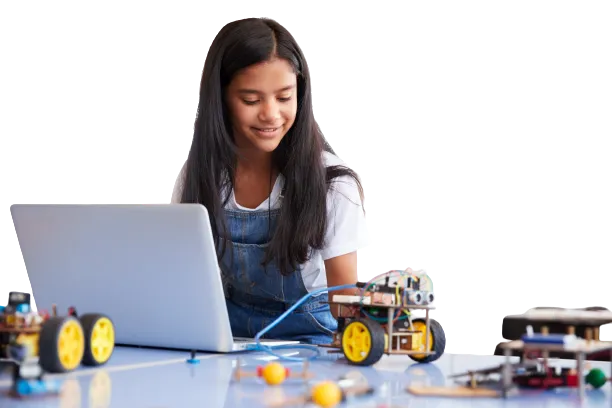






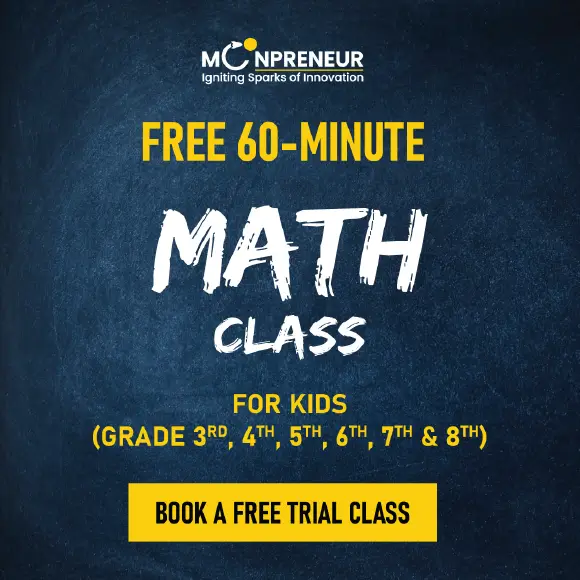

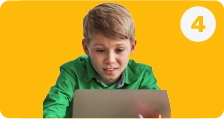


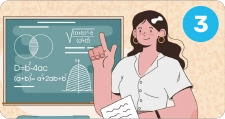
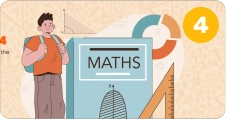
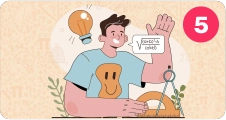
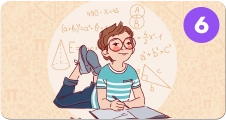

Including maths in everyday activities like playing board games is a great idea. It not only makes studying more interesting, but it also shows how maths is relevant in our daily life. Thank you for sharing these helpful ideas.
The suggestions in this article are not only attractive, but they foster a favorable attitude towards maths. I am mainly taken by integrating technology and educational apps to make maths instruction more interactive and enjoyable.
The ideas provided in this article are not only attractive, but they contribute to positive feelings toward maths. I was fascinated by integrating technology and learning applications to make maths instruction more interactive and enjoyable for my students.